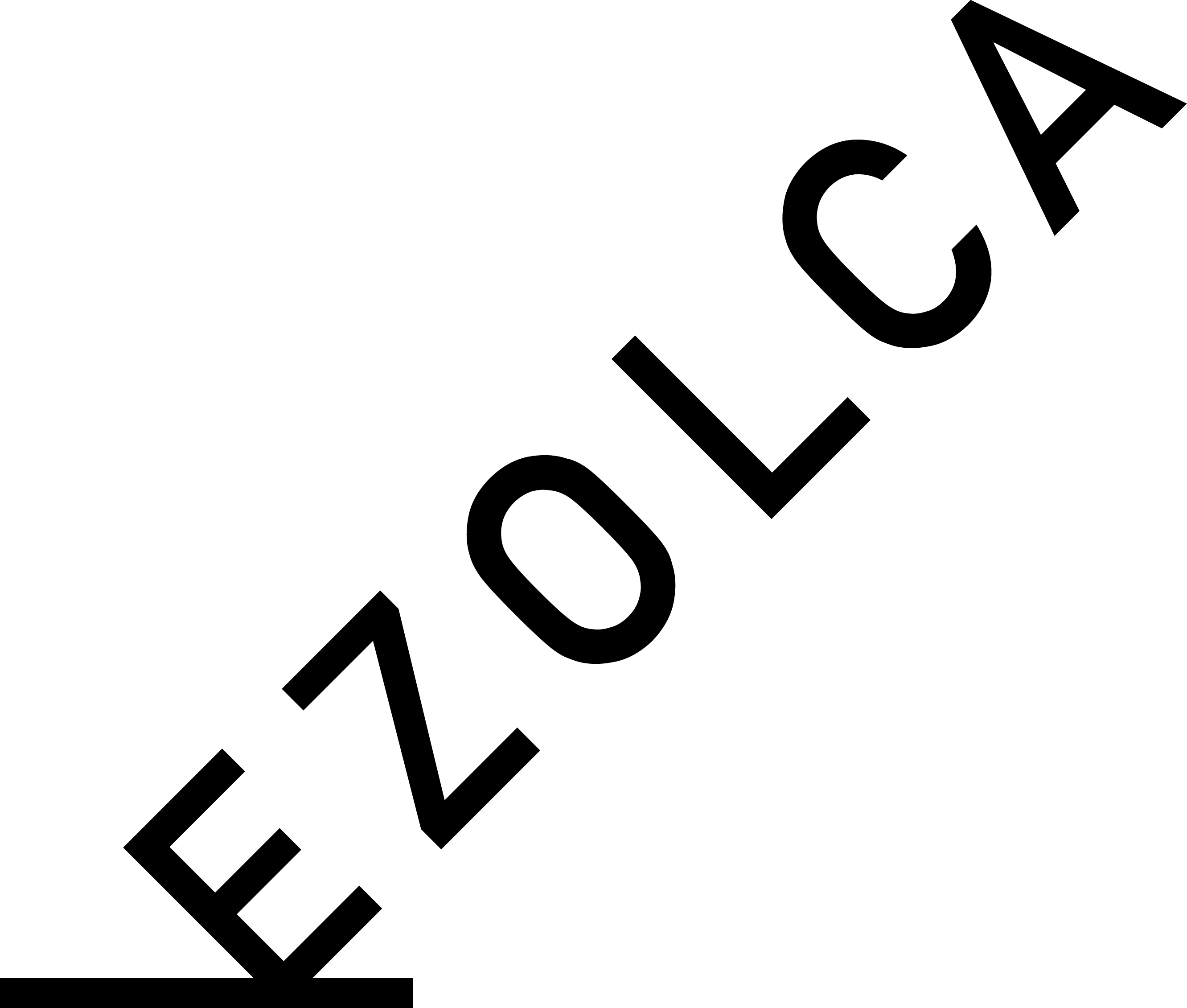The Mountain of Devotion: The Origins of Dainichibo at Mt.Yudono
A great religious leader opened Dainichibo in the 2nd year of the Daido Era(AD 807). Originally named Kyooyugaji, later it was changed to Ryusuiji-kongoin. At that time, women were forbidden to worship at Mt.Yudono, but they were able to visit and pray at Dainichibo, the main temple of Mt.Yudono. Dainichibo was rebuilt by Kasuga no Tsubone, and records show the Sakai Clan made considerable donations to the temple. The present temple was moved from its original location by landslide in 1936.
According to a discovered marker, Niomon Gate was built in the Kamakura Era(1185-1333), making it the oldest Niomon Gate in Yamagata prefecture. A Japanese cedar tree over 1,800 years old stands within the original grounds and has been designated a natural monument by the prefecture. It is called the “imperial altar” because it was planted on the gravesite of Prince Mimurowake, the son of Emperor Keiko. In 1971, Prince Ayanomiya made a visit to the tree.
In addition, Hokyointo(a stone monument), the biggest Koshinto stone monument in Japan, and sokushin-butsu(living Buddha) are found at the temple. They are some of the many cultural treasures located here at the most sacred mountain in the northeast, Mt.Yudono.
Oami Guardhouse stands in the former temple grounds. The area from Watanae to Oami, and from Oami to Oisawa was called Rokuju-ri Kaido. In the old days, the distance of one ri was called six ri , and ten ri (40km) was called 60 ri.
Dainichibo is an historic temple boasting artifacts excavated from the original site, the holy ground of the living Buddhas, the restored Kannondo Temple built in the early Edo Era, various national treasures, and many mysteries.
(From Dinichibo pamphlet)

